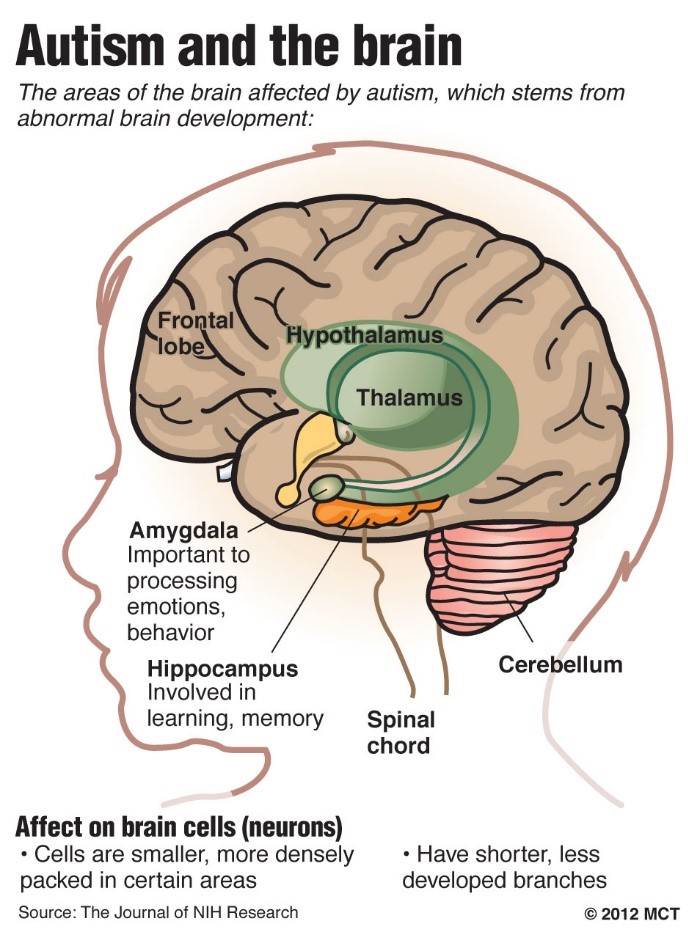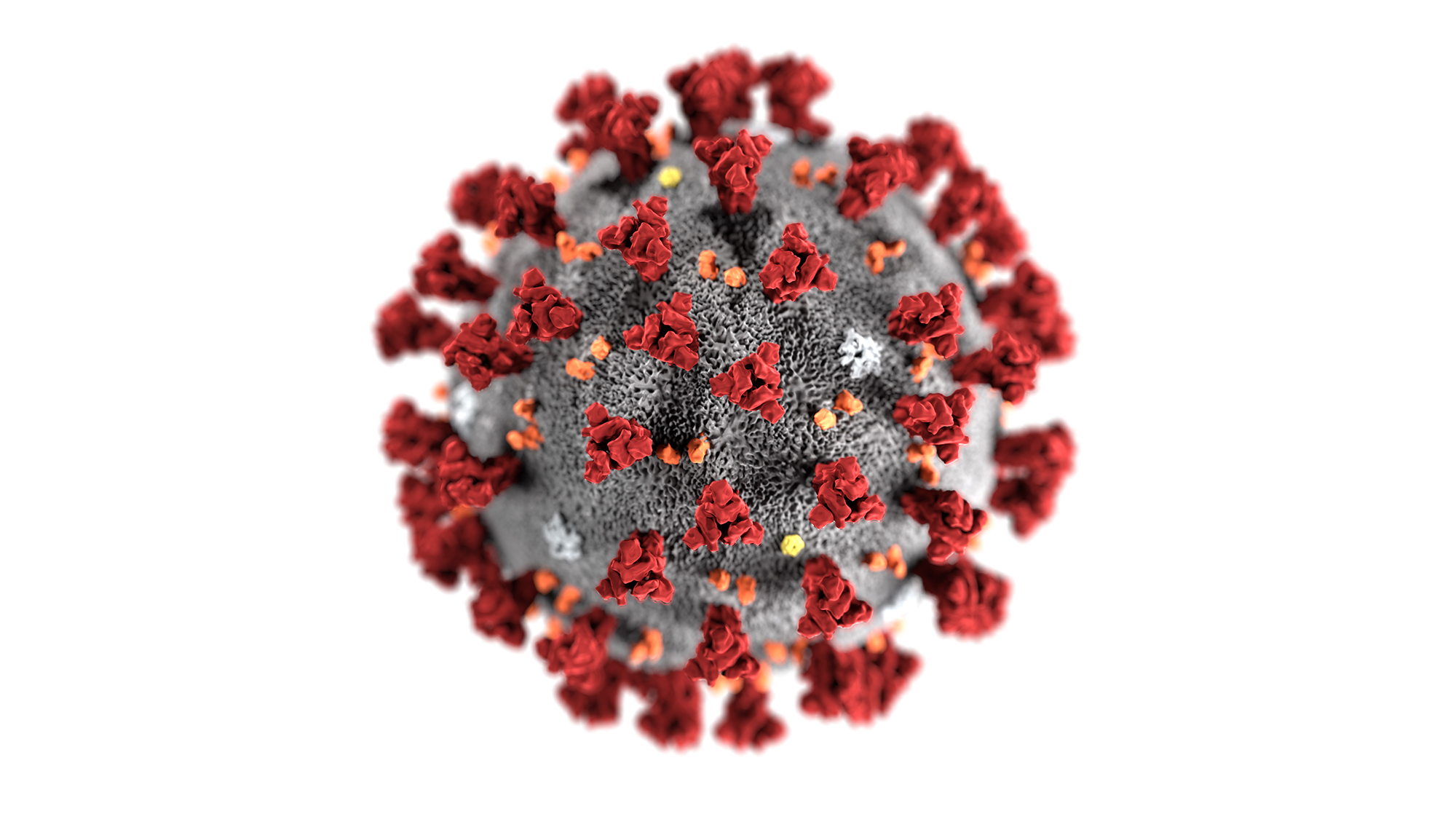 Parents of children on the autism spectrum often have one, deep, agonizing, underlying question: Why? Scientists are struggling with the same question, but the good news is that increasingly, there are answers.
Parents of children on the autism spectrum often have one, deep, agonizing, underlying question: Why? Scientists are struggling with the same question, but the good news is that increasingly, there are answers.
In recent years, many studies have been conducted examining the brain functioning and neural connections in people on the autism spectrum. These studies use MRI’s to analyze the brain’s connections and circuits to try and determine the causes and possible solutions to helping those with autism.
“Dr. Kennedy and colleagues sought to “identify consistencies” in studies of brain connectivity in ASD to date.
The review identified 33 functional MRI studies of ASD, reflecting a wide range of patient populations and study methods. Most of the studies found “some amount of either reduction or loss of local or long-distance connectivity” associated with ASD, the researchers write. Several studies reported reduced functional connections between the prefrontal cortex — an area involved in attention, self-control, and other “executive functions” — and other parts of the brain.” Read the full article
Similarly, neuropsychologist Aarti Nair performed a new study that,
“associates autism with weak connections between the brain’s thalamus and its cerebral cortex. The thalamus is the deep-seated part of the brain that relays incoming sensory information. The brain’s outer cerebral cortex coordinates responses to this input.
Because the thalamus is a kind of central “relay station” for incoming information, the compromised connections may help explain the wide range of impairments that affect many individuals with autism. These include not only social and language disabilities, but also sensory and movement issues.
our findings are consistent with growing evidence that changes in brain connectivity, or “wiring,” play a big role in the sensory and motor challenges faced by many children and adults on the autism spectrum.” Read the full article
Dealing with the Roots
While we don’t yet truly understand the cause of autism, it is becoming more and more apparent that brain connectivity plays a large role. Therefore, to properly help children with autism, it is important that a solution deals with this root issue of brain connectivity for the best results.
Is it possible to improve brain connectivity?
Thankfully the answer is yes.
How to Improve Brain Connectivity
The Maxi Mind Brain Training System™ is based on decades of research into Neuroplasticity, the discovery that specialized activities can stimulate the brain to grow and develop at any time in life.
Maxi Mind activities provide a whole-brain workout that strengthens connections within and between the major brain structures that are affected by Autism Spectrum Disorders – the Cerebral Cortex, Amygdala, Hippocampus, Basal Ganglia, Corpus Collosum, Brain Stem and Cerebellum.

This results in more effective and efficient signaling and that makes for better physical coordination, emotional regulation, communication and relationships.
The Evidence Speaks for Itself
A third-party survey of 144 therapists who had treated over 1,300 Autistic children with iLs found that the method was highly effective considering 24 different measures of physical, behavioural, emotional, social, language and academic functioning.
For these and dozens of other results including case studies, media coverage, medical expert endorsement see this link.
You too can typically expect your child to experience improved sensory processing, motor skills and balance, better behaviour, energy level and mood, and improved language, academic and social skills. And all this through music and exercise with a personal coach.
Getting Started
Discover how you can give your child the Maxi Mind advantage and set your child with Autism on the path to success. You can fill in our form for a free consultation or give us a call at (647) 490-1691.






